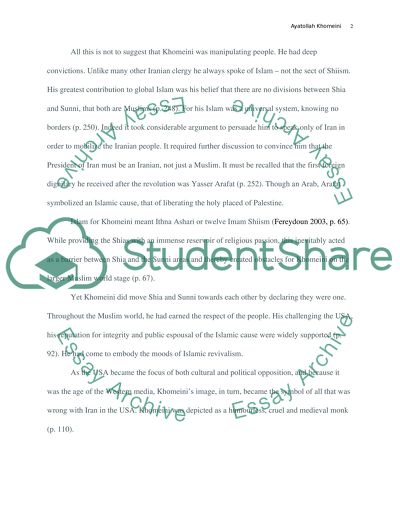Cite this document
(“Khomeini and Persian Literature Essay Example | Topics and Well Written Essays - 1500 words”, n.d.)
Khomeini and Persian Literature Essay Example | Topics and Well Written Essays - 1500 words. Retrieved from https://studentshare.org/history/1507385-khomeini-and-persian-literature
Khomeini and Persian Literature Essay Example | Topics and Well Written Essays - 1500 words. Retrieved from https://studentshare.org/history/1507385-khomeini-and-persian-literature
(Khomeini and Persian Literature Essay Example | Topics and Well Written Essays - 1500 Words)
Khomeini and Persian Literature Essay Example | Topics and Well Written Essays - 1500 Words. https://studentshare.org/history/1507385-khomeini-and-persian-literature.
Khomeini and Persian Literature Essay Example | Topics and Well Written Essays - 1500 Words. https://studentshare.org/history/1507385-khomeini-and-persian-literature.
“Khomeini and Persian Literature Essay Example | Topics and Well Written Essays - 1500 Words”, n.d. https://studentshare.org/history/1507385-khomeini-and-persian-literature.


